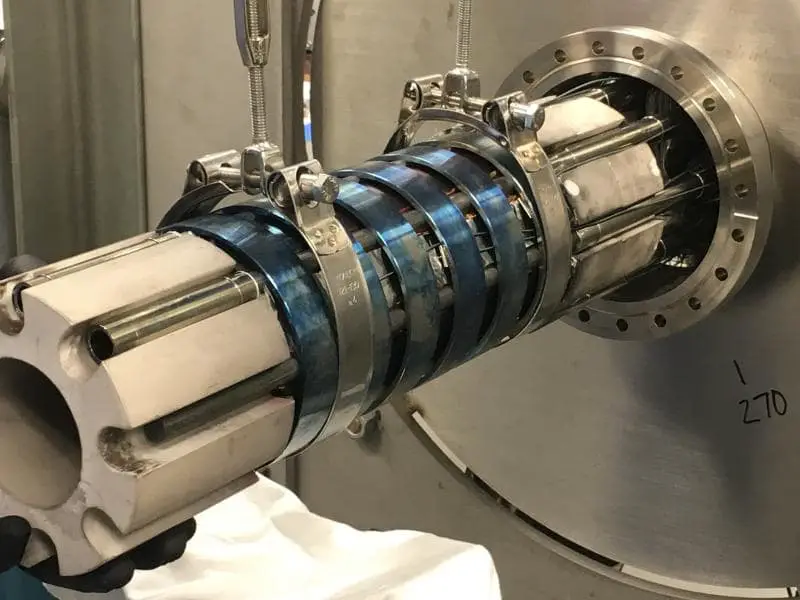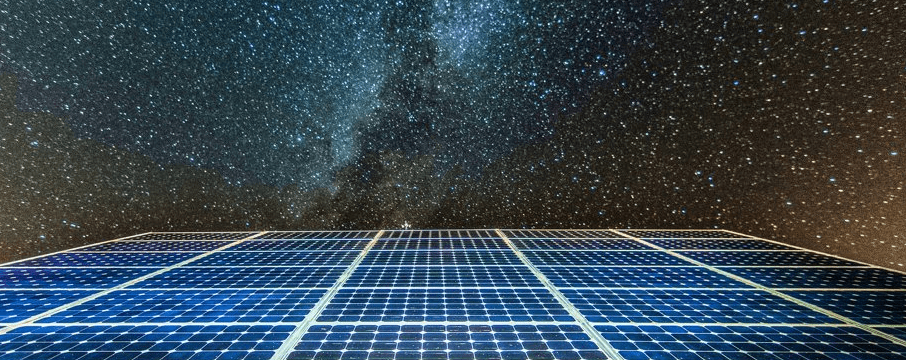Small nuclear reactors (SMR) can be said to be one of the future trends of the fourth generation of nuclear energy, which is cheaper and more mobile than the traditional reactor design, attracting the attention of many countries and enterprises.
U.S. Department of Defense and Japan’s Mitsubishi Heavy Industries, all continue to advance the progress of small nuclear reactors, and all hope to make breakthroughs around 2030.
The technology is based on the reactor of a nuclear submarine. Compared with the traditional reactor, the size and scale are naturally smaller. Basically, it is hoped that a nuclear reactor of less than 300MW can be built, and it can even be manufactured on the same scale as a car, and the factory manufacturing technology can be introduced. To reduce the cost of nuclear power, and because of its small scale, it can also be used in special applications such as oil exploration and military bases, and it can be installed underground, on ships or at sea.
Among them, Rolls-Royce sees small nuclear reactors as a potential source of revenue, and has paid more attention to him than previous jet or diesel engines. Rolls-Royce SMR chairman Paul Stein said he hoped the SMR design could be approved by UK regulators by mid-2024 and power the grid by 2029.

$546 M to Develop Britain’s first small modular nuclear reactor
The British government asked the nuclear regulator to start the approval process in March, and in November backed Rolls-Royce’s $546 million financing to develop Britain’s first small modular nuclear reactor. In addition, Rolls-Royce is also expected to build and operate 10 to 15 small modular nuclear reactors in the UK, which is estimated to bring in a value of 52 billion pounds by 2050, with a total export value of 250 billion pounds and 40,000 new jobs. Chance
The British government hopes that nuclear energy can reduce dependence on fossil fuels and reduce carbon emissions, and will be able to supply a quarter of Britain’s electricity in the future.
Across the coast, the United States also sees small-scale nuclear energy as a priority. The U.S. Department of Defense announced that the Strategic Capabilities Office will build and demonstrate a small, mobile nuclear reactor capable of delivering 1 to 5 MW of capacity within three years.
The Project Pele microreactor will be assembled and tested at the Idaho National Laboratory (INL) under the Department of Energy in the future, which will be the first fourth-generation nuclear reactor to be built and generate electricity in the United States. Military with high sexuality and high energy demands.
But what about the design of Project Pele? No decision has yet been made. Entering a two-year design phase in 2020, only BWXT Advanced Technologies in Virginia and X-Energy in Maryland are known.
Both companies use high-content, low-enriched uranium tristructurally isotropic (TRISO) pellet fuel to develop high-temperature gas-cooled microreactors that are stronger, more heat-resistant and generally more suitable for shipping than conventional nuclear fuel rods.
The advantage of small nuclear reactors is their modular design, which is easy to transport and install. Among them, according to the design, MHI’s micro reactor is 3 meters high, 4 meters wide, and weighs less than 40 tons.
The size and scale are so small that they can be installed underground to reduce the risk of accidents, or used for space exploration missions. The estimated maximum output power is 500 KW. Once approved by Japan and other governments, Mitsubishi plans to use it as soon as the 2030s. Technology commercialization.




